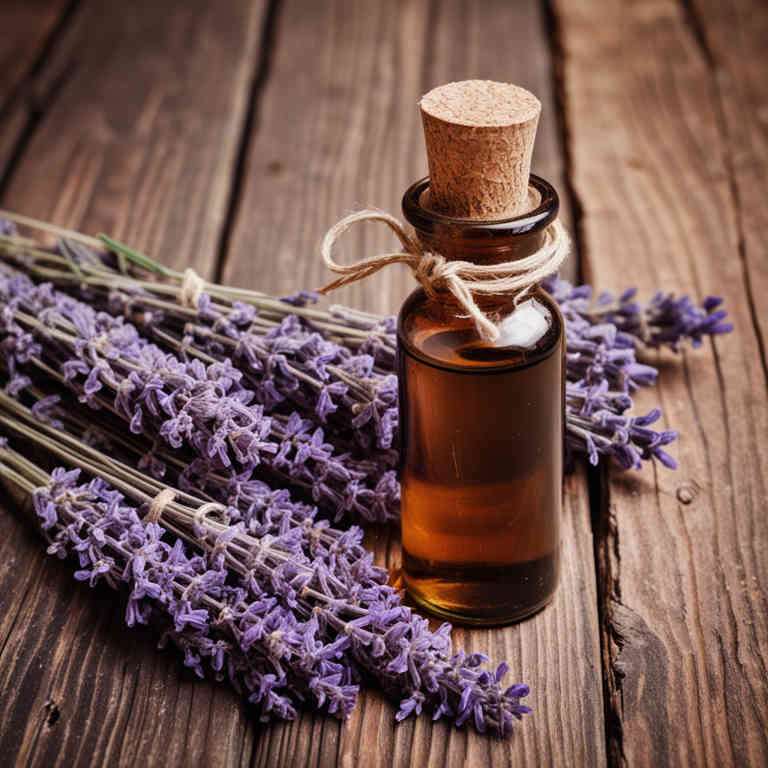Lavandula angustifolia tincture for medicinal use

Lavandula angustifolia tincture is a concentrated herbal preparation made by soaking the dried flowers of lavender in alcohol, allowing the active compounds to be extracted.
This tincture is widely used in herbalism for its calming and soothing properties. It is commonly employed to alleviate symptoms of anxiety, insomnia, and stress-related conditions. Additionally, it may help with skin irritations and minor wounds due to its antimicrobial and anti-inflammatory effects.
In traditional medicine, it is also used to support digestive health and relieve headaches.
Uses
Lavandula angustifolia tincture has been used to treat a variety of ailments for centuries, dating back to ancient civilizations such as the Egyptians, Greeks, and Romans, who valued its calming and healing properties.
Traditionally, it was used to alleviate stress, promote sleep, and relieve pain, often applied topically for skin conditions or ingested as a remedy for digestive issues. In modern times, the tincture is widely used in aromatherapy and alternative medicine for its anxiolytic and antiseptic effects, supporting mental well-being and skin health. It is also popular in natural remedies for its ability to soothe headaches and reduce inflammation.
Today, it remains a staple in herbal medicine due to its versatile applications and well-documented therapeutic benefits.
Benefits
Lavandula angustifolia tincture has health benefits such as promoting relaxation, reducing anxiety, and aiding in sleep.
It is known for its calming properties, which can help alleviate stress and improve mood. The tincture may also possess anti-inflammatory and antiseptic qualities, making it useful for skin conditions and minor wounds. It is often used to ease muscle tension and support digestive health.
Overall, this herbal preparation is valued for its soothing effects and wide range of therapeutic applications.
Constituents
Lavandula angustifolia tincture active constituents include linalool, linalyl acetate, camphor, and terpenes.
These compounds contribute to the tincture's calming and sedative effects. Linalool is known for its soothing properties and may help reduce anxiety and promote relaxation. Linalyl acetate supports skin health and has mild antiseptic qualities.
Camphor provides a stimulating effect and can aid in respiratory relief when used appropriately.
Preparation
To make Lavandula angustifolia tincture, begin by harvesting fresh lavender flowers during the early morning when they are fully open.
Place the flowers in a clean glass jar and cover them completely with high-proof alcohol, such as vodka or grain alcohol, ensuring the flowers are submerged. Seal the jar and let it sit in a cool, dark place for 4 to 6 weeks, shaking it gently every few days to promote extraction. After the steeping period, strain the liquid through a cheesecloth or fine mesh strainer to remove the plant material.
Finally, transfer the tincture to a dark glass bottle and store it in a cool, dry place, away from direct sunlight.
Side Effects
Lavandula angustifolia tincture may lead to mild side effects such as gastrointestinal discomfort, drowsiness, or allergic reactions in some individuals.
It is generally considered safe when used in recommended doses, but excessive consumption can cause nausea or vomiting. People with liver or kidney conditions should use it with caution, as it may affect these organs. It is also important to avoid using this tincture during pregnancy or while breastfeeding due to limited safety data.
Always consult a healthcare professional before starting any herbal preparation to ensure it is appropriate for your specific health needs.